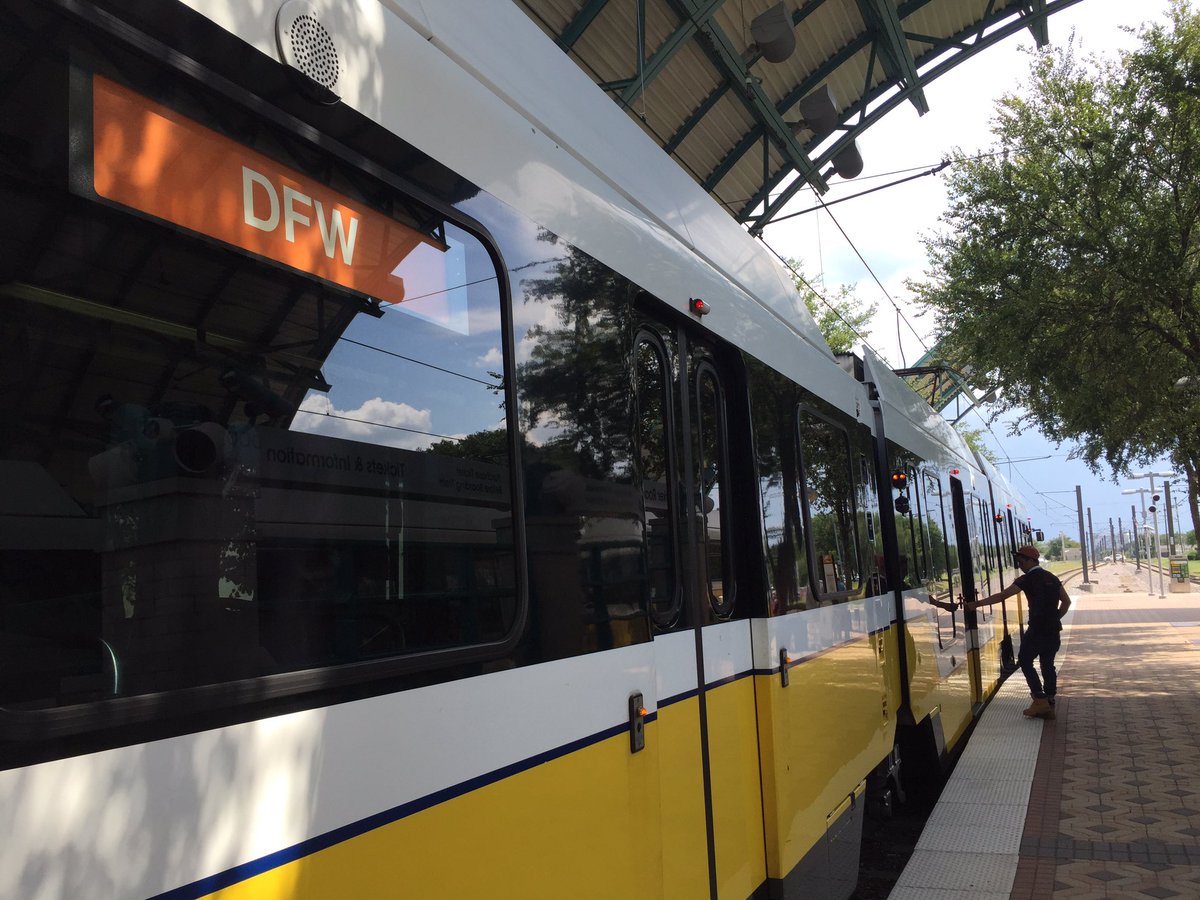Transit Oriented Development near DART Rail, like CityLine and the continued growth in the Cedars south of downtown Dallas, is driving the North Texas economic boom with more than $7 billion in economic impact from new or planned construction within a quarter mile of rail stations. South part of Collin County including regions of Richardson and Plano are very much part of it.
Researchers from the Economics Research Group at the University of North Texas, led by Michael Carroll, Ph.D., also determined this activity in 2014 and 2015 generated more than 43,000 jobs resulting in nearly $3 billion in wages, salaries and benefits. A 2014 study from UNT identified $5.3 billion in transit-oriented development near DART Rail stations between 1996 and 2013.
“DART, and the projects around it, will sustain our continued growth,” Carroll says. “This very rapid increase in investment and development activity around DART stations reflects the improvement in our regional economy. More important, this proves the wisdom of regional leaders in building a regional transit network like DART.”
The regional economic benefit takes many forms. Completed or under construction transit-oriented development near DART stations has already generated $69 million in state and local tax revenue. The study also projects potential spending for planned or proposed developments could produce another $160 million in state and local tax revenue.
“Increased property values and the revenues generated from that is another way Dallas and the other DART cities are benefitting from our investment,” Dallas Mayor Mike Rawlings says. “DART has created new connections to attract developers to fertile areas for investment. We see that transformation in all parts of our city and are excited to see what’s next.”
The 93-mile light rail system, the nation’s longest, was built at a cost of $5.5 billion. The most recent extension, three miles, connecting a renewed Ledbetter Station to the campus of the University of North Texas Dallas, opened Oct. 24.
“This study reminds us transportation is more than a ride from one point to another,” DART President/Executive Director Gary Thomas says. “Developers see the benefit. That’s why they’re putting their money into new live/work/play communities close to our stations. The value of those projects significantly exceeds the regional investment in rail and they are changing the face of our region.”
A development magnet in good times and bad
Authors of the 2014 study found DART could make substantial contributions to regional economic health even when the area experienced an economic downturn not seen since the Great Depression of the 1930s. “Even through difficult economic times, DART has demonstrated its ability to boost the North Texas economy through its daily operations, capital spending and attracting private investment,” said Terry L. Clower, Ph.D., principal author of the 2014 study and now director of the Center for Regional Analysis at George Mason University.
But the authors of the 2016 study believe the regional environment has fully recovered noting, “The region is one of the fastest growing nationwide in terms of population and continues to be the destination for corporate relocations.” To prove the point, they identified 11 projects in various stages of development, in all parts of the DART Service Area, with a total economic impact of $5.1 billion for the region. The list of projects includes development of the Dallas High School site near Pearl Station, an expanded Southwest Airlines Training Facility, and Northshore and the Irving Entertainment District in Las Colinas.
- NRP Group to build the 330-unit Harvard Flats in Princeton - March 28, 2024
- The Home Depot Announces Agreement to Acquire McKinney Texas based SRS Distribution - March 28, 2024
- City of Celina Unveils Exciting Schedule for Friday Night Markets - February 27, 2024


